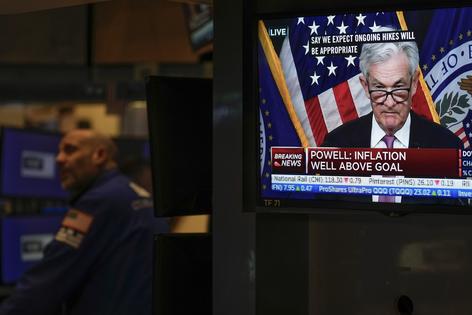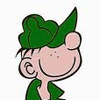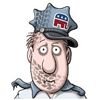Why the Fed raised interest rates by the smallest amount since it began its epic inflation fight
Published in Business News
The Federal Reserve’s policy-setting committee lifted interest rates on Feb. 1, 2023, by a quarter of a percentage point to a range of 4.5% to 4.75%. The increase, the smallest since the Fed began an aggressive campaign of rate hikes in March 2022, came amid signs the fastest pace of inflation in decades is cooling. But the Fed also indicated more rate hikes are coming.
So why is the Fed slowing the size of rate increases now, and what does it mean for consumers? We asked finance scholar William Chittenden from Texas State University to explain what’s going on and what comes next.
The Fed is trying to figure out whether last year’s rate hikes have slowed the economy enough to get inflation near its target of about 2%.
By raising what’s known as the Fed funds rate, the U.S. central bank makes borrowing more expensive, which means buying large-ticket items, like cars and homes, is more costly. This should lead to fewer people buying cars, which will likely result in lower car prices.
In 2022, the Fed lifted rates eight times by a total of 4.25 percentage points, which helped prompt inflation to drop to an annual pace of 6.5% in December from 9.1% at its peak in June.
To understand why it’s so hard for the Fed to figure out if its rate hikes worked, think of the economy as a fully loaded oil tanker out in the ocean. Naturally, it’s chugging along as fast it can to reach a specific destination, but it takes a long time from the captain “stepping on the brakes” to when the ship actually stops moving forward.
Similarly, the Fed is raising rates to slow the economy – sort of like stepping on the brakes – and bring inflation down to 2%, but there’s often a long delay between the hikes and their impact on the economy.
But if the Fed eases off the brakes too early, inflation could remain high. If it presses on them too hard, unemployment will likely shoot up and the economy will slide into a recession. By increasing interest rates only a quarter-point, the Fed is signaling that it believes the economy has begun to slow down and is on a path to 2% inflation.
The Fed funds rate acts as a base rate for shorter-term interest rates, such as for car loans and credit cards. As it goes up, short-term borrowing rates increase by about the same amount.
The financial markets are predicting about an 80% chance the Fed’s benchmark lending rate will top out around 5% this summer – which means they’re expecting rates to go just a little bit higher.
...continued








Comments